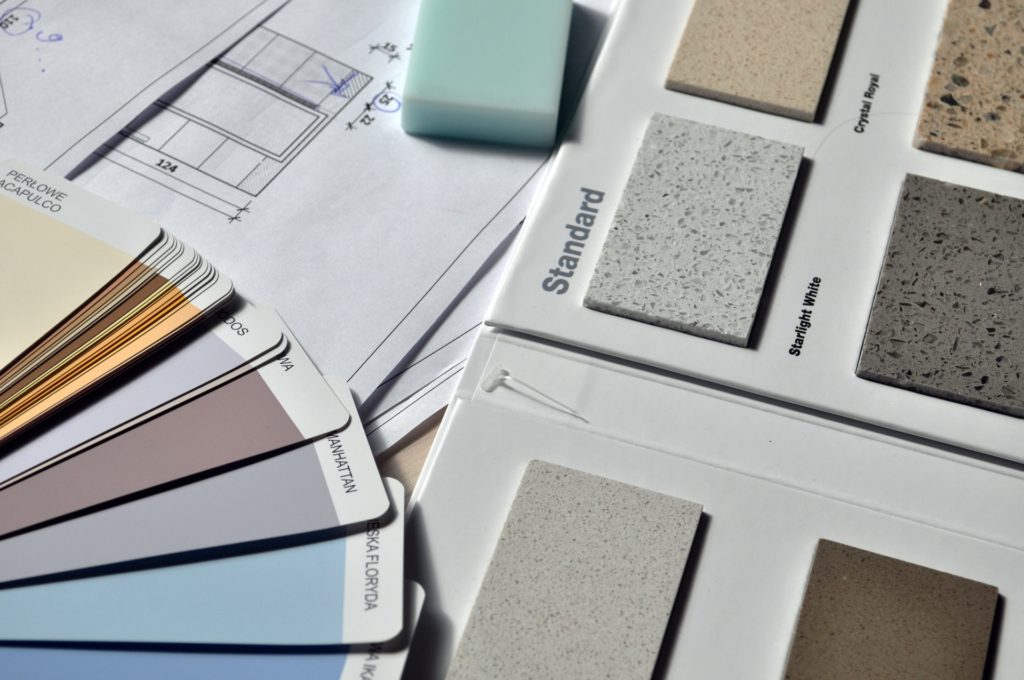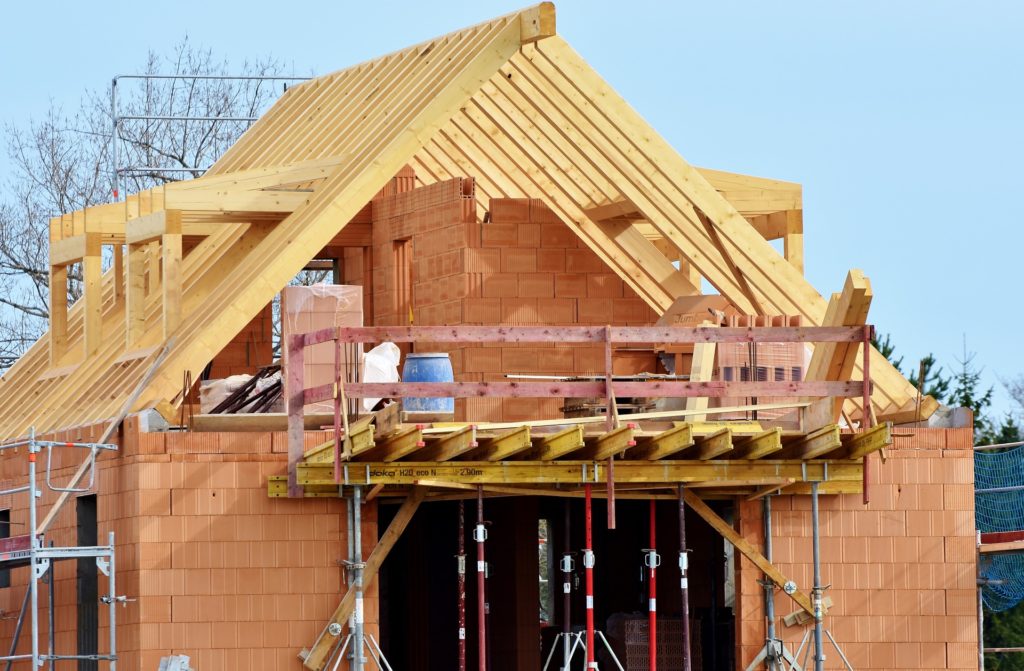A renovation of your home is a project that you’ll have to undertake sooner or later and if you’re an eco-friendly person, this thought may cause you a no small amount of discomfort. Every construction project causes an environmental impact, even one seemingly small as home renovation. Still, there are more than a few ways in which your home renovation can become not-so-devastating or even good for the environment. With that in mind and without further ado, here are top seven eco-friendly home renovation tips that might just come in handy.
1. Using local materials
Before we even start, you need to understand that some materials may be eco-friendly in one location and not be eco-friendly someplace else. This is due to the effect of transportation, seeing as how a long distance voyage may drastically increase the carbon footprint of your renovation project. To avoid this, all you have to do is look for materials that are locally available. This helps you out double-fold, seeing as how these locally produced construction materials tend to be less expensive than those that are dragged in from half-way across the world.
2. Reuse materials

One more thing you need to understand is the fact that there are so many materials that you can reuse on a construction site. We’re talking about materials like aluminum, plastics, cardboard, and steel. Even if these materials originally weren’t eco-friendly, the fact that you’re reusing them makes them so. Think about it, there’s no need to spend energy or use natural resources to produce them, seeing as how they already exist in this processed form. More importantly, you’re not feeding the industry that might further pollute the planet, meaning that you’re a part of the solution.
3. Buy reclaimed materials
Reusing material from your own property/construction site is not the only course of action that you have available. Namely, a lot of people prefer to support the green cause by buying reclaimed materials. Reclaimed wood is incredibly popular nowadays and furniture pieces or kitchen elements made from this material may end up looking absolutely amazing. The planet-saving equation that takes place in this scenario is, more or less, the same as the one we discussed in the previous section.
4. Scaffolding instead of cranes

The next thing you need to consider is the nature of the technique used in the process. For tasks that take place at a great height, you’ll have to go either with a crane or with a scaffold. From the standpoint of the environment, it’s quite obvious that the scaffolding is an eco-friendlier solution. However, if you don’t approach this topic efficiently enough, you risk creating a larger environmental impact than you have to. This is why reading on this topic or even consulting professionals might be a smart course of action.
5. Increasing energy-efficiency
Another tip that is definitely eco-friendly is one that leads to your home becoming more energy-efficient. Most commonly, this involves insulation, upgrades to your heating system, maintenance of your AC (or an installation of a more superior unit) and the replacement of doors and windows. These investments are fairly expensive initially, yet, they definitely pay themselves off, in time. Moreover, the ROI on these investments is incredibly reliable and it even leads to a massive improvement in the resale value of your home. Even though this doesn’t mean that you’ll always get your money back, it’s still a factor to take into consideration.
6. Donate your old items
One of the greatest problems that every home faces during a remodel is the question of what to do with your old items. Instead of discarding them, you can donate them to an organization such as Habitat for Humanity. The way in which this works is fairly simple, you donate these items to an organization that sells them and uses these funds to build home for underprivileged. In other words, this is not only eco-friendly but it is also an incredibly ethical thing to do. If not for this, you can, perhaps, donate these items directly to those who need them.
7. Paint, paint, paint
![]()
Of course, if something is broken, rotten or falling apart, you may have no other choice but to destroy it and start over. Nonetheless, if you’re just bored of how something looks, why not simply repaint it. This will give you a much more frugal way of handling this situation. Not only is this eco-friendly but it can also be incredibly fun. Due to the fact that you, yourself pick the pattern and the color that this piece will have afterward, it also allows you to fully express your creativity. In other words, it’s a win for the environment, a win for your home and a major win for you, as well.
Conclusion
If there’s one thing that you could notice about the above-listed seven tips is the fact that they all help the environment in different ways. Some employ techniques that cause less disturbance to the environment if you avoid consuming fuel or simply spend fewer resources. Others reuse materials and reduce the carbon footprint in this way, while there are some that are just humane, fun or outside-of-the-box enough to make a difference. The choice, however, is all yours.


